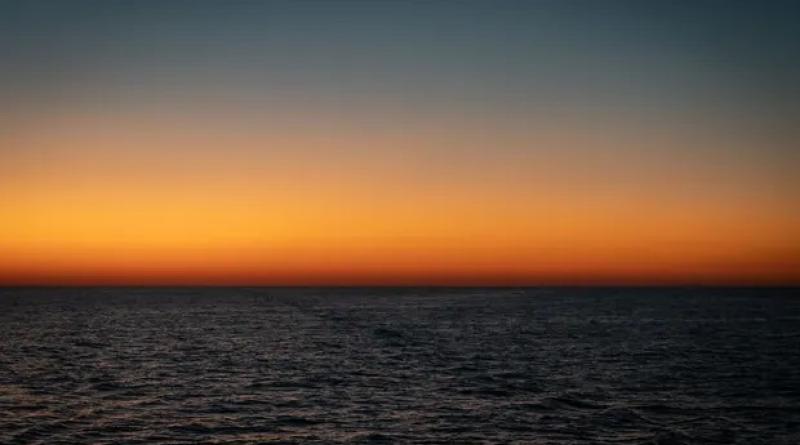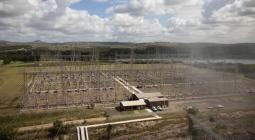Ocean temperatures around Australia 0.5C above June average as UN declares an El Niño

Ocean temperatures around Australia last month were 0.5C above average, as the UN’s weather agency declared the world was now in an El Niño.
El Niño events influence weather extremes around the globe and for Australia increase the risk of drought, heatwaves, bushfires and coral bleaching.
The World Meteorological Organization declared the El Niño late on Tuesday, following on from the US government’s weather agency’s declaration last month.The El Niño is associated with higher than average sea surface temperatures in the equatorial Pacific that pump extra heat into the atmosphere.
Together with global heating, climate scientists say the El Niño event could push global average temperatures to all-time record highs this year or – more likely – next year.
Australia’s Bureau of Meteorology stopped short of declaring an El Niño on Tuesday. Despite sea surface temperatures in the central Pacific already surpassing the El Niño threshold, the bureau said changes in winds, clouds and atmospheric pressure also associated with El Niño “have not yet been observed”.
“This means the Pacific Ocean and atmosphere have yet to become fully coupled, as occurs during El Niño events,” it said. “El Niño typically suppresses winter-spring rainfall in eastern Australia.”
The bureau’s El Niño update included a claim that last month was the hottest for ocean surface temperatures in the Australia region for any June since records began.
On Wednesday it said it had made a mistake and that claim was incorrect. Temperatures were only 0.5C above average and well below the 1C record for June set in 2022.
The bureau has slightly different parameters for an official declaration of an El Niño than its US counterpart, the National Oceanic and Atmospheric Administration, including a higher threshold for sea surface temperatures in the equatorial Pacific.
But international climate models surveyed by the bureau – including its own – all show that ocean temperatures in the tropical Pacific will stay above El Niño thresholds “at least into the beginning of the southern hemisphere summer”, the bureau said.
The bureau climatologist Zhi-Weng Chua said different weather agencies had different parameters for declaring El Niño. While the sea surface temperatures were above the threshold, the bureau had not seen a change in the trade winds that blow from east to west across the equatorial Pacific.
“In an El Niño we would expect to see those trade winds weaken or reverse but we have not seen that yet,” he said.
Global ocean temperatures hit record highs in April and had remained at record levels, according to satellite data.
The WMO and Noaa’s El Niño declaration comes after a rare “triple dip” La Niña that drove major flooding across Australia’s south-east.
Dr Wenju Cai, an El Niño expert at CSIRO, said there had been five triple La Niñas on record, and after four of them an El Niño followed. Analysis of climate models also suggested that El Niños that followed triple La Niñas did not tend to be so-called “super El Niños” where the ocean temperatures were very high.
Last month a study led by CSIRO scientists said human-caused global heating had likely been making El Niño and La Niña events more frequent and more extreme since the 1960s.
The world’s ocean has absorbed about 90% of the extra heat caused mainly by burning fossil fuels that causes greenhouse gas to accumulate in the atmosphere.
A study in January found that the ocean gained 10 zettajoules more in 2022 than the year before – enough heat to boil 700m kettles every second.
Those wet La Niña years brought major vegetation growth across Australia but, as the climate is now likely to flip to a hotter and drier outlook, this extra fuel has raised fears of increased bushfire risk.
cover photo:Ocean temperatures around Australia were 0.5C above average in June, as the UN declares the world is now in an El Niño. The World Meteorological Organization has said the event could push global temperatures to all-time highs this year or next. Photograph: Conor Ashleigh/Schmidt Ocean Institute






